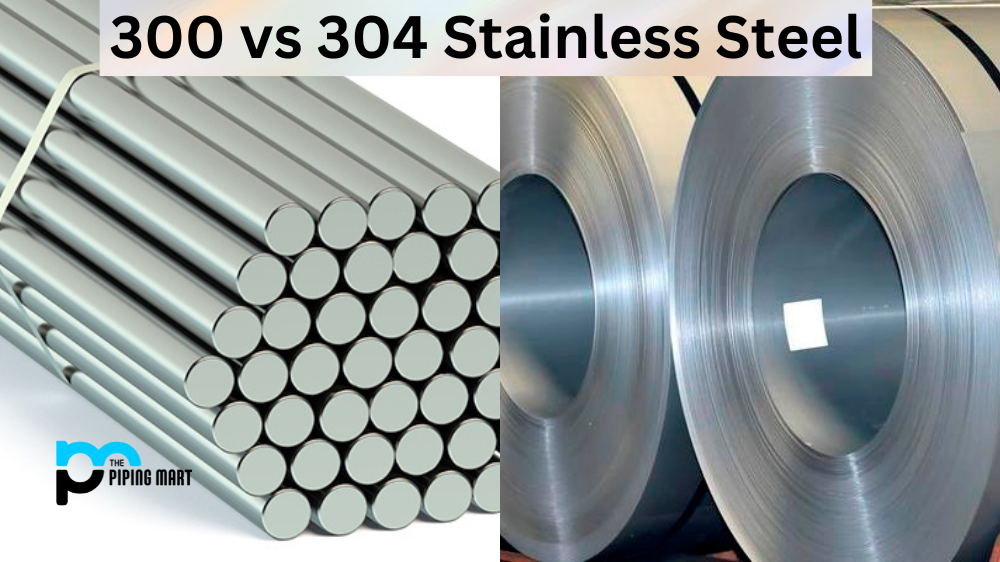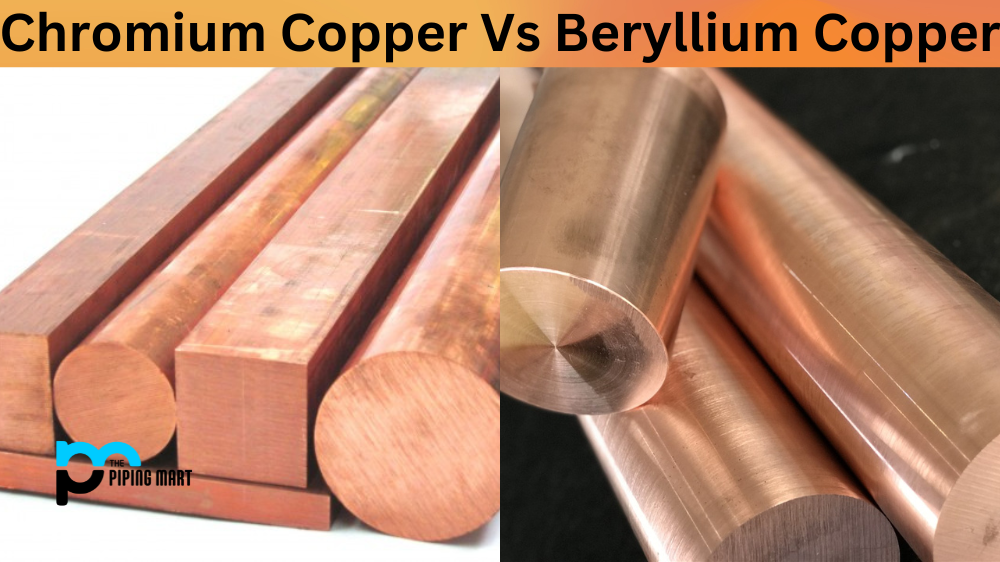Understanding the difference between 300 and 304 stainless steel is key to making an informed decision when it comes to purchasing the right material for a project. Both 300 and 304 stainless sheets of steel offers excellent corrosion resistance, strength, and machinability. However, there are key differences in their chemical makeup that make them unique. Let’s take a closer look at these two different types of stainless steel to learn more about their characteristics.
300 Stainless Steel
The most commonly used type of 300 series stainless steel is Type 303. It contains both chromium and nickel as well as other alloying elements such as molybdenum, silicon, and phosphorus. This combination allows it to be highly resistant to corrosion while maintaining its strength even at temperatures as high as 2000°F (1093°C). It is also very easy to machine and weld, making it ideal for many applications, such as automotive components or medical equipment.
304 Stainless Steel
304 stainless steel is the most widely used type of stainless steel due to its superior corrosion resistance and strength compared to other grades of steel. It contains both chromium (18%) and nickel (8%), which gives it excellent resistance against rusting while still retaining its strength even in extreme temperatures up to 1900°F (1038°C). It also has great formability, making it ideal for many applications, such as cookware or kitchen sinks. Unlike 300 series stainless steel, 304 does not require heat treatment before welding, so it can be used in applications that require fast assembly time.
Difference Between 300 and 304 Stainless Steel
Composition
One of the main differences between 300 series and 304 series stainless steel is the composition. 300 series stainless steel contains chromium and nickel, while 304 series stainless steel contains chromium, nickel, and manganese. This difference in composition gives each type of stainless steel different properties.
Corrosion Resistance
300 series stainless steel is less corrosion resistant than 304 series stainless steel. This is due to the fact that 300 series stainless steel contains less chromium than 304 series stainless steel. The chromium in 304 series stainless steel forms a protective oxide layer that helps to prevent corrosion.
Strength
300 series stainless steel is weaker than 304 series stainless steel. This is due to the fact that 300 series stainless steel contains less nickel than 304 series stainless steel. Nickel gives stainless steel its strength and hardness.
Cost
300 series stainless steel is more expensive than 304 series stainless steel. This is because 300 series stainless steel is more difficult to produce and contains more expensive materials.
Applications
300 series stainless steel is typically used in applications where corrosion resistance is not as important, such as in food processing or medical equipment. 304 series stainless steel is typically used in applications where corrosion resistance is more important, such as in kitchen appliances or outdoor structures
Conclusion:
When choosing between 300 or 304 stainless steel for a project, consider the environment that the material will be exposed to in order to make an informed decision. For instance, if you’re working on a project that requires frequent exposure to salt water or acidic environments, then 304 would be your best option due to its exceptional corrosion resistance properties compared with that of Type 303/300 series stainless sheets of steel. If you’re working on something that requires high temperatures but doesn’t need any special resistance properties, then Type 303/300 could be sufficient since it offers better machinability than 304 while still providing good corrosion resistance. Ultimately, understanding the differences between these two popular types of stainless steel will help you choose the right material for your project needs.

Abhishek is a seasoned blogger and industry expert, sharing his insights and knowledge on various topics. With his research, Abhishek offers valuable insights and tips for professionals and enthusiasts. Follow him for expert advice on the latest trends and developments in the metal industry.




